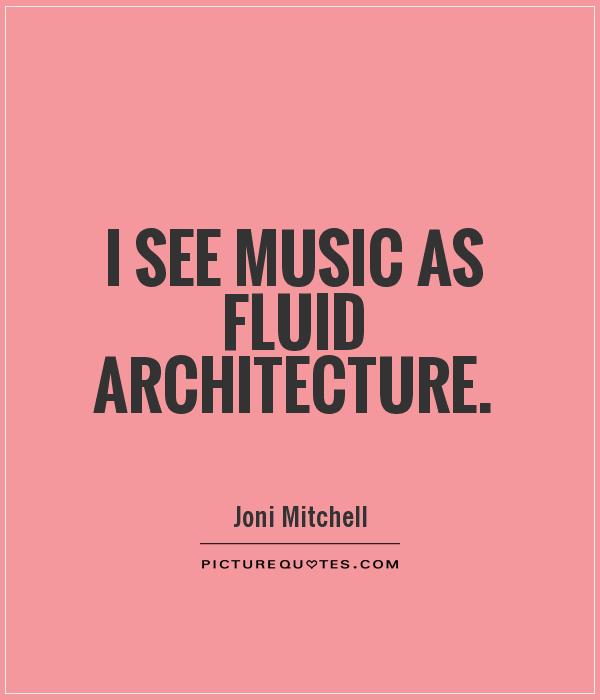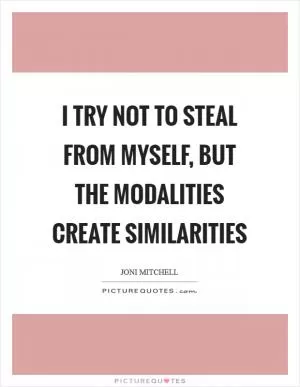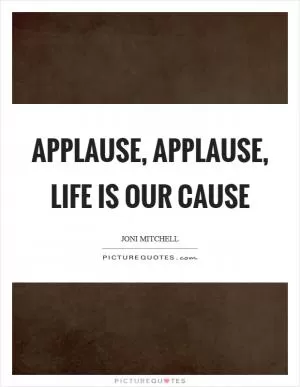I see music as fluid architecture

I see music as fluid architecture
Joni Mitchell, the iconic singer-songwriter, is known for her poetic lyrics and innovative musical style. Her words have a way of painting vivid images and evoking deep emotions in listeners. One of the most intriguing statements she has made about music is that she sees it as "fluid architecture." This concept is both profound and thought-provoking, as it suggests that music has the ability to shape and transform space in a similar way to physical structures.When we think of architecture, we often think of buildings and structures that are solid and immovable. However, Mitchell's comparison of music to architecture challenges this notion by highlighting the fluid and dynamic nature of music. Just as a building can be designed to create a certain atmosphere or evoke a specific emotion, music has the power to shape our perceptions and emotions in a similar way.
In a sense, music can be seen as a form of sonic architecture, with its own unique structures, patterns, and textures. Just as an architect carefully plans and designs a building to create a certain effect, a musician crafts their music to evoke a particular mood or feeling. The way in which different musical elements such as melody, harmony, rhythm, and lyrics are arranged can create a sense of space and movement within the music, much like the layout of a building can create a sense of flow and movement within a physical space.
Furthermore, just as architecture can be both functional and artistic, music can serve a dual purpose of both entertaining and inspiring. Mitchell's comparison of music to fluid architecture suggests that music has the ability to transcend boundaries and connect people on a deeper level. Just as a well-designed building can bring people together and create a sense of community, music has the power to unite people across cultures and generations through its universal language.












 Friendship Quotes
Friendship Quotes Love Quotes
Love Quotes Life Quotes
Life Quotes Funny Quotes
Funny Quotes Motivational Quotes
Motivational Quotes Inspirational Quotes
Inspirational Quotes